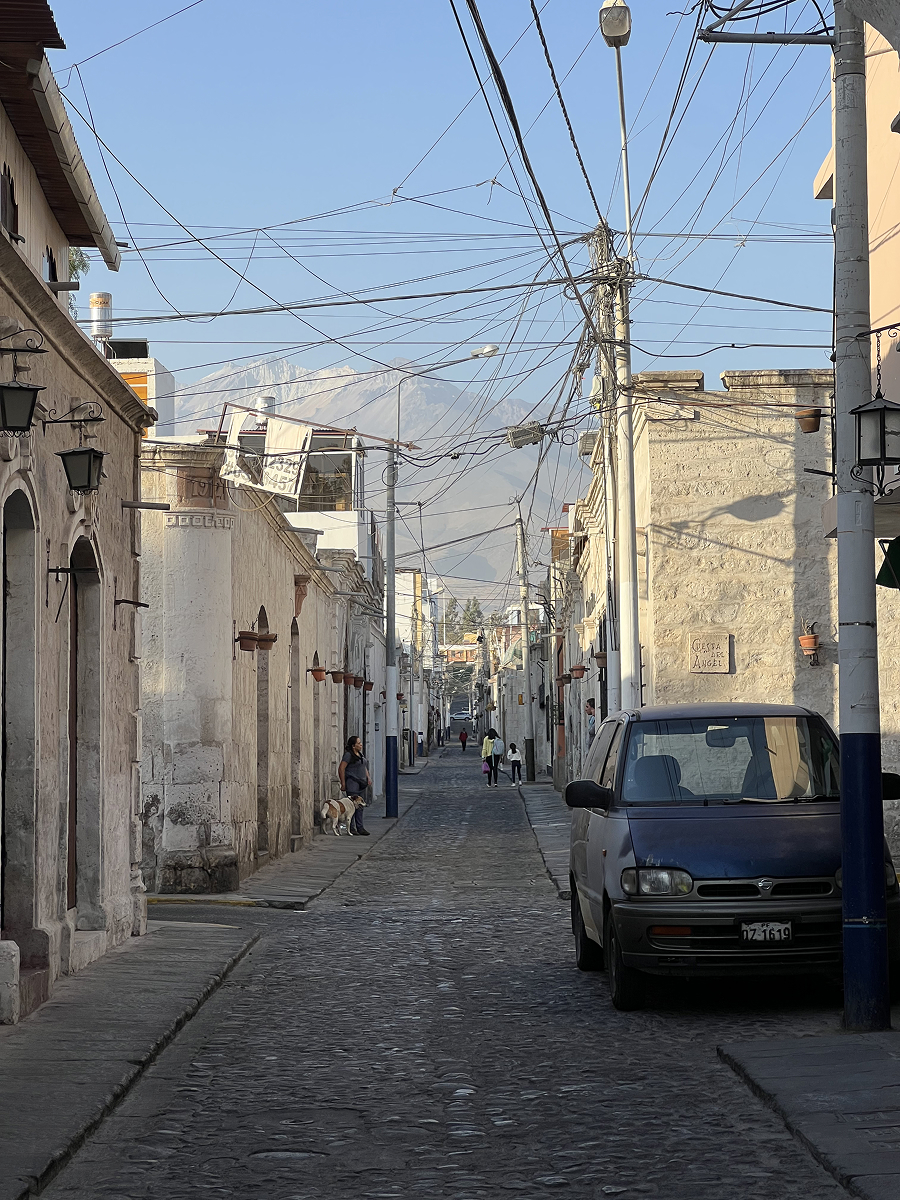Peru is one of the countries I’d recommend to almost every traveler at some point in their journey. But I won’t sugarcoat it: it’s not the easiest destination. Things don’t always run smoothly, hot showers aren’t guaranteed, and if you’re lucky enough to stay with locals (like I did), you’ll experience a version of the country few tourists see. But Peru is, without a doubt, worth it.
This Peru travel guide is for the curious, the comfort-flexible, and those looking for everything from high-altitude trekking to ceviche by the sea. I spent three months exploring Peru in 2024 — from the Andes to the Amazon, from rooftop sunsets in Arequipa to family meals in Piura. Here’s where to go in Peru, what to expect, and why it might just become one of your favorite places on earth.
Best Places to Visit in Peru
Let’s start with what everyone wants to know: where to go in Peru. The beauty of this country lies in its diversity — you can be climbing glaciers in Huaraz one week and swimming in the Pacific the next.
Below are the places I visited during my three months in Peru — and a few I didn’t, but that consistently came up in conversations with locals, travelers, and trusted sources. I’ll make it clear which ones I experienced firsthand, and which ones are still on my list (for now).
If you’re looking for the ultimate Peru travel guide to help shape your itinerary, this list is a great place to start.
Cusco
Cusco is the undisputed gateway to the Andes and Machu Picchu. I originally skipped Machu Picchu from my plans, thinking it was too touristy (typical). But after hiking the Salkantay trek, I ended up there anyway — sweaty, tired, and completely awe-struck.
Cusco itself is charming but very touristy. You’ll find alpaca keychains, Inca Kola bottles, and souvenir shops on every corner. That said, it’s a great place to acclimatize, grab a decent coffee, and visit local ruins before heading deeper into the Sacred Valley.


Huaraz
Not a looker of a city, let’s be honest. But Huaraz is the launchpad to some of the best mountain adventures in South America. Think glacial lakes, big climbs, and serious altitude. You come here for the Cordillera Blanca, not for the architecture. Start with this Huaraz Travel Guide for hikes, altitude tips, and getting there.

Arequipa
If you want a beautiful, manageable city with character, Arequipa is the one. With its white volcanic stone architecture, pastel facades, and rooftop views of El Misti, it’s by far my favorite city in Peru. You can explore colonial buildings, visit the Sillar Route, and even hike volcanoes if you’re up for it.
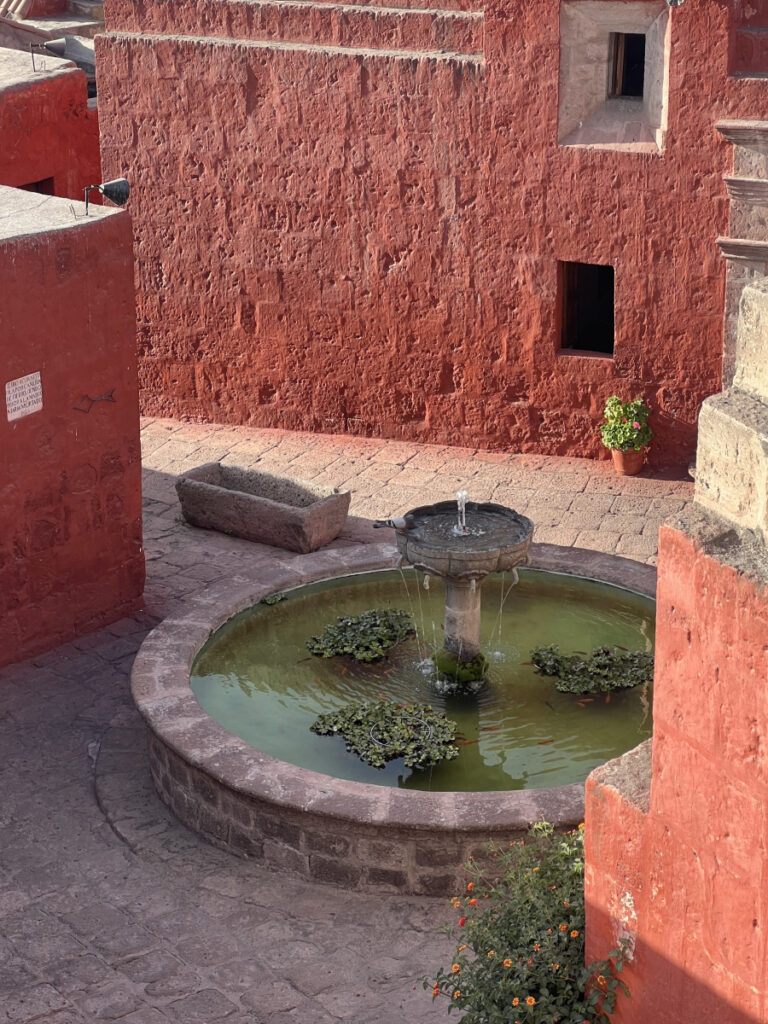
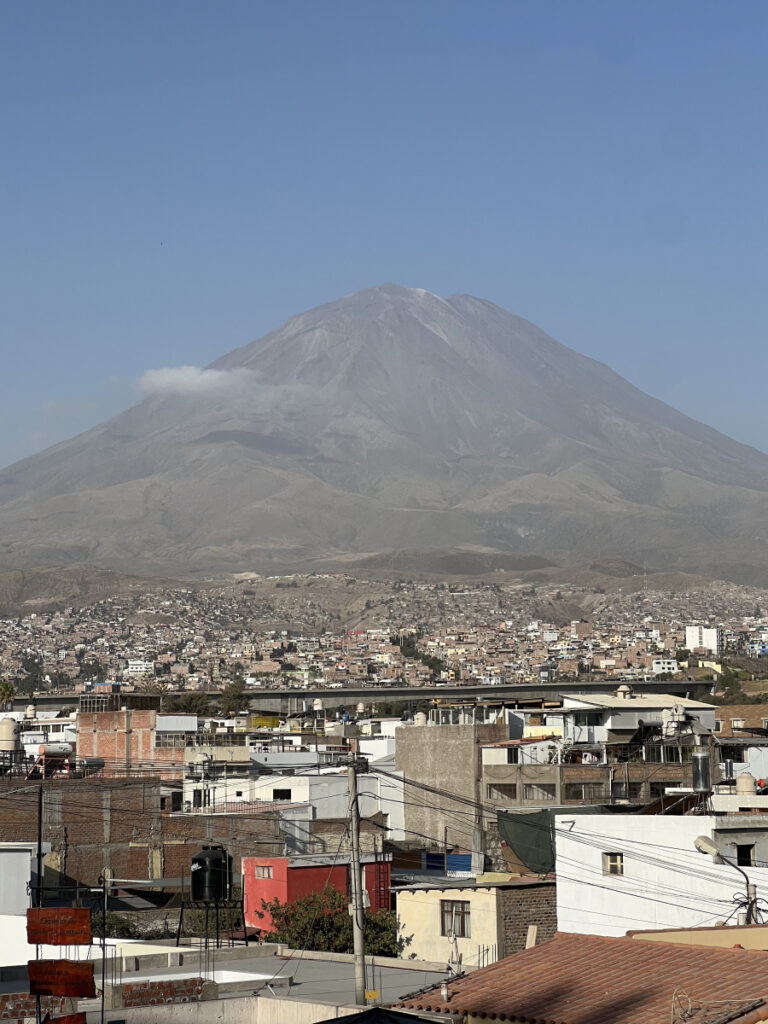
Lima
Lima is a classic big Latin American capital: chaotic, coastal, and full of contrasts. I only spent a few days here before my flight, but I was surprised by the food scene, architecture, and easy access to ruins. If you’re into good food, ocean views, and a slightly chaotic kind of charm, you’ll probably enjoy it.
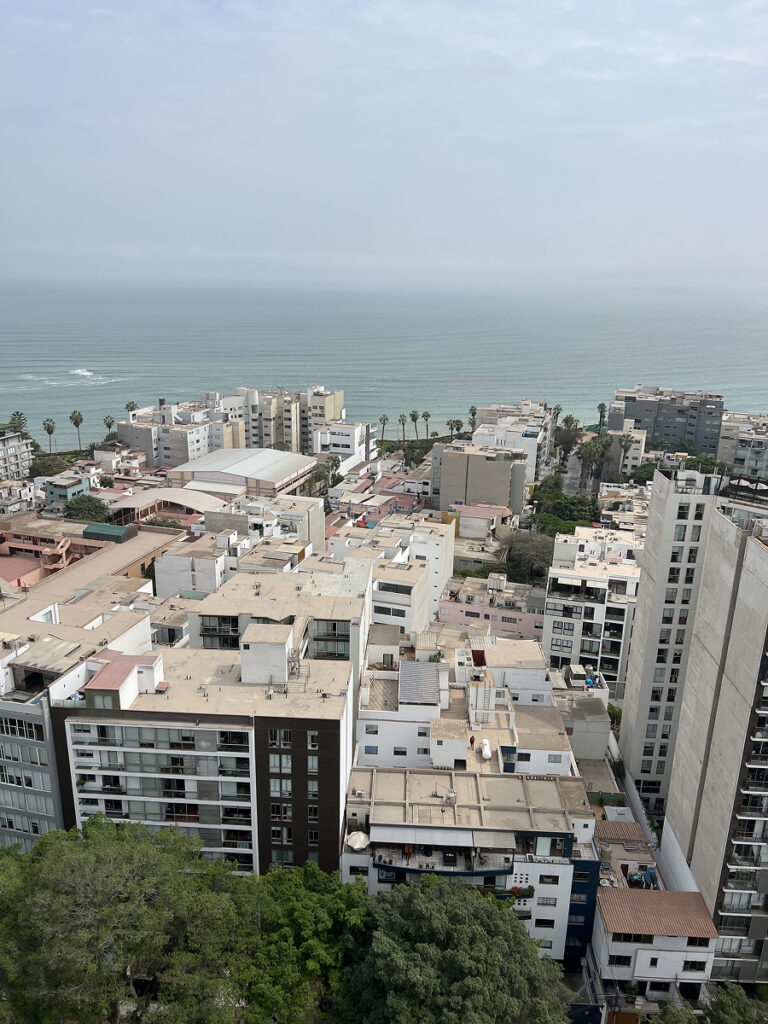
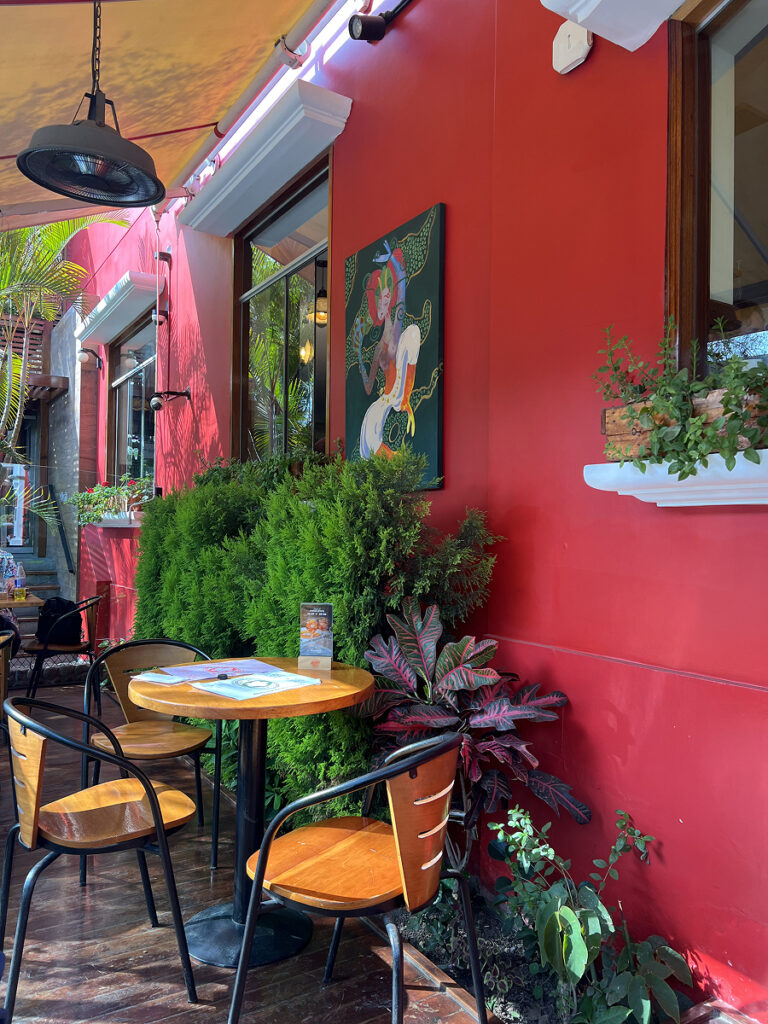
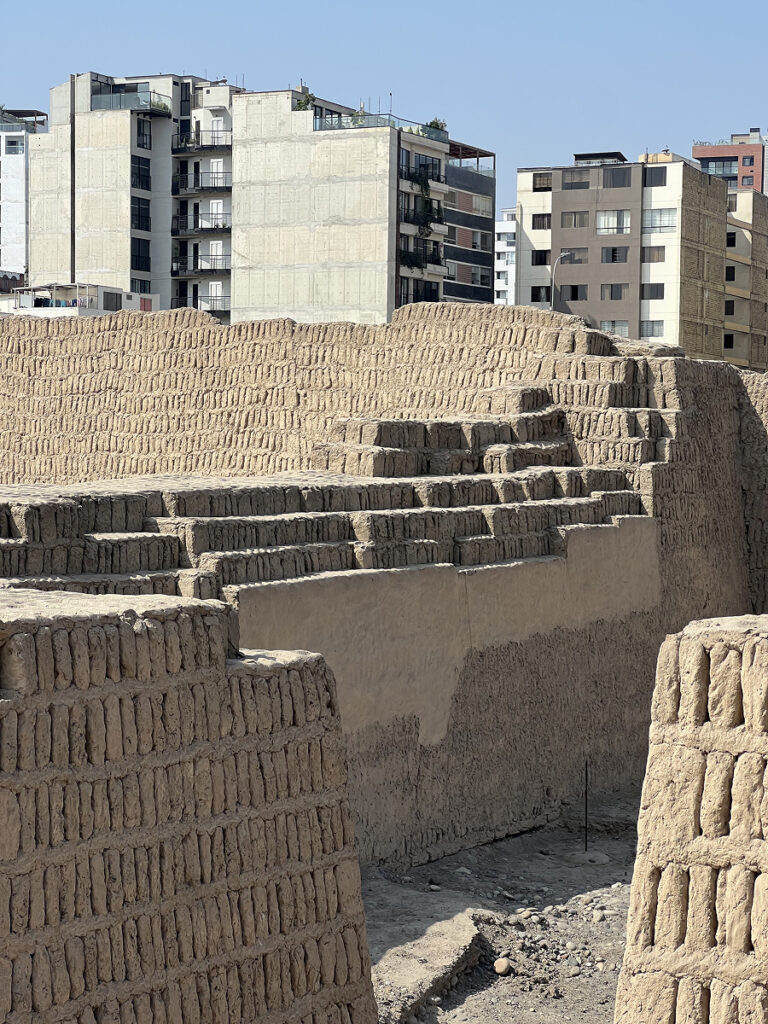
Piura & Máncora
I had mixed feelings here. Piura is hot, very local, and almost entirely off the tourist radar. No hot water, no A/C, 35 degrees, and a whole lot of sweating. But also: the best food I had in all of Peru. Daily ceviche, fried fish, chifles. A total feast.
Máncora, just a few hours away, offers a completely different vibe. Think boutique hotels, cocktails by the Pacific, and an actual breeze. I swam in the ocean, ate incredible seafood, and stayed just outside the party zone for some calm.

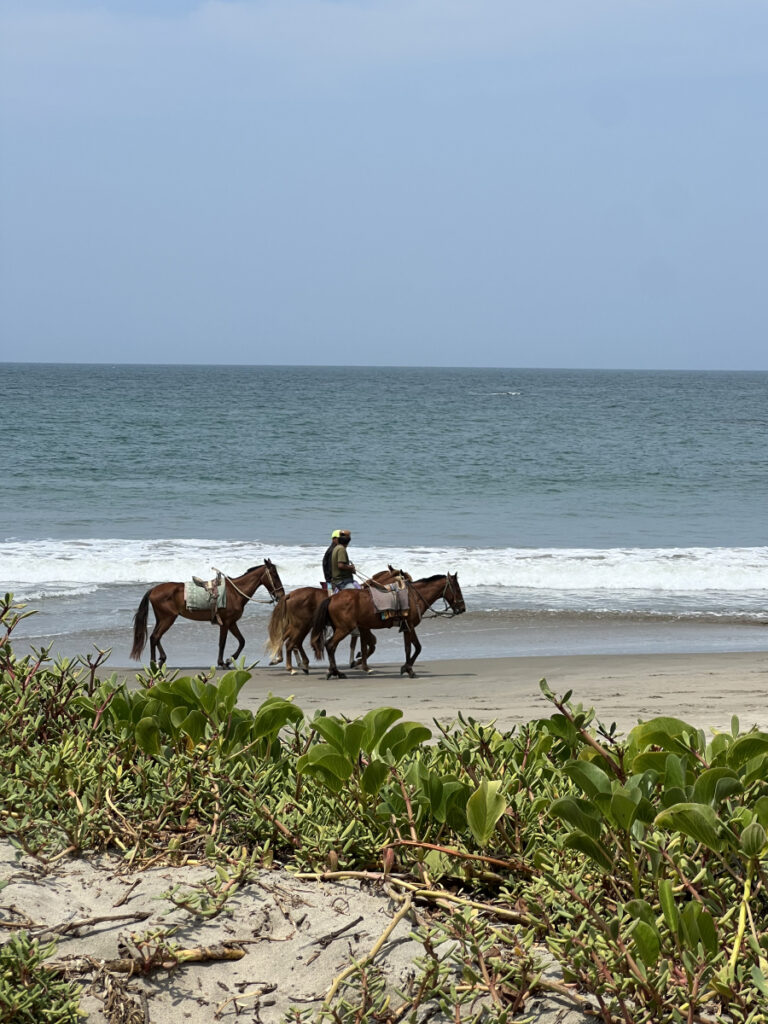
Iquitos
Welcome to the jungle. Iquitos is wild in every sense — heat, humidity, tuk tuks, and a true sense of remoteness. The city itself is quirky and worth a look, but the real draw is heading into the Amazon Rainforest. Prepare to sweat like never before.
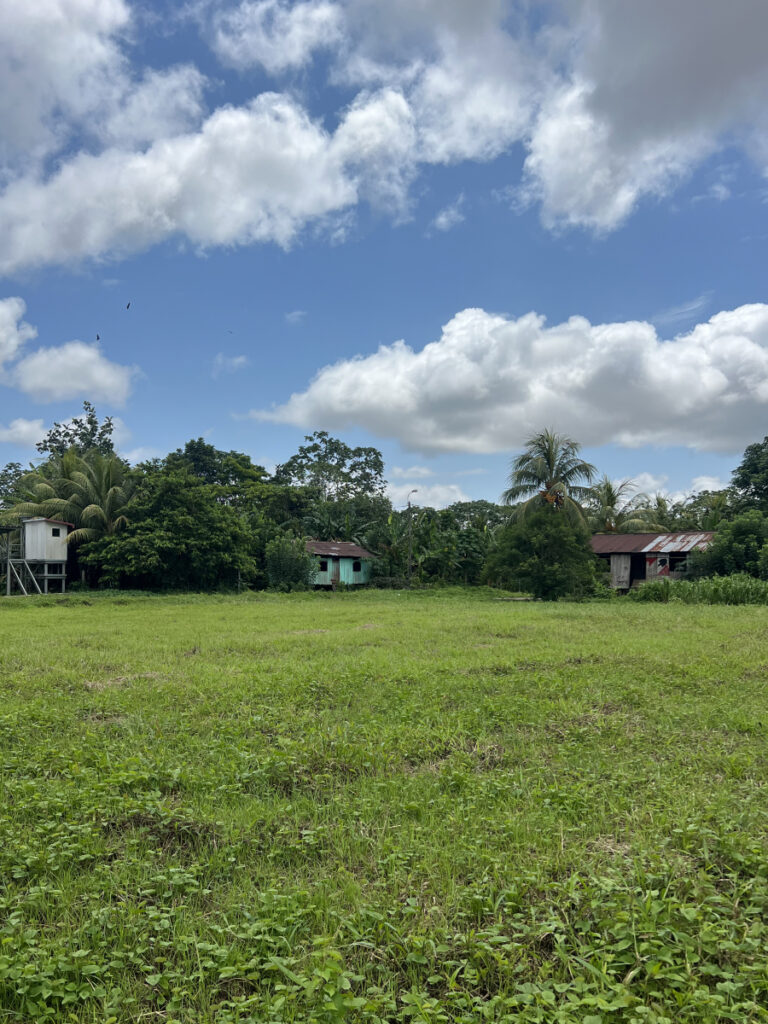
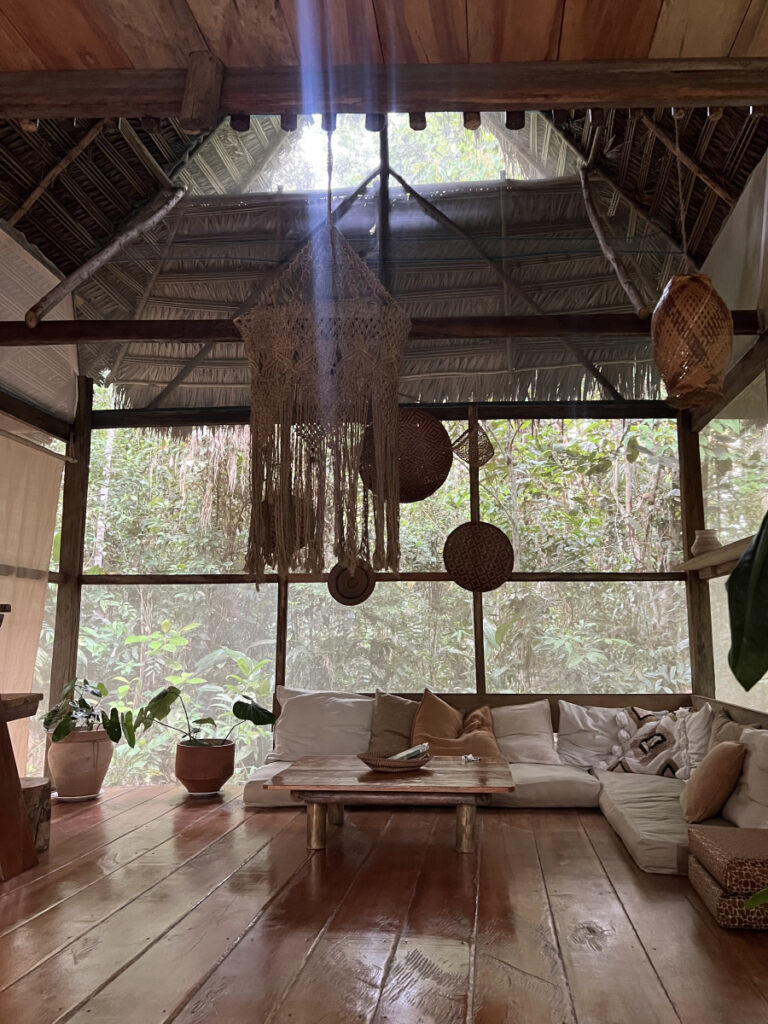
Lake Titicaca (Not Yet Visited)
Sitting at nearly 4,000 meters, Lake Titicaca is the world’s highest navigable lake — and one of Peru’s most iconic destinations. Known for its floating reed islands and deep cultural heritage, it’s often paired with a trip to Puno. I haven’t made it there yet, but it’s been recommended to me many times for its surreal landscapes and insight into indigenous traditions.
Sacred Valley (Not Yet Visited)
Just outside Cusco, the Sacred Valley is scattered with Incan ruins, traditional villages, and market towns like Pisac and Ollantaytambo. Despite being so close to where I stayed, I never carved out proper time for it — but if you’re already in Cusco, this area offers some of the richest historical and cultural layers in the country.
Chachapoyas (Not Yet Visited)
Tucked into northern Peru, Chachapoyas is home to Kuelap — a mountaintop fortress often dubbed the “Machu Picchu of the North.” It’s far less visited, and reaching it takes effort, but that’s exactly why many seasoned travelers say it’s worth the journey. Still on my personal list.
Trujillo & Huanchaco (Not Yet Visited)
Trujillo is a colonial coastal city with colorful facades, pre-Incan ruins like Chan Chan, and easy access to the laid-back surf town of Huanchaco. While I haven’t been yet, it’s often recommended for travelers doing a northern loop or looking for a more offbeat cultural stop by the sea.
Is Peru Worth Visiting?
Absolutely. But it’s not always comfortable. For someone like me who is very used to creature comforts (yes, I travel with my skincare routine), the lack of hot water and chaos of local transit took some adjustment.
But where else can you get this much variation in one country? Cities, ruins, volcanoes, jungle, beaches, world-class food, high-altitude treks, and colonial architecture. And if you’re lucky enough to have local connections, as I did through my partner’s family, you’ll see a whole other side to Peru that tourists rarely access.
It’s a place that’s difficult and magical in equal measure. I can’t wait to go back.

Peru Travel Tips for First-Timers
If you’re looking for a practical Peru travel guide with on-the-ground advice, this section covers the essentials.
What to Pack for Peru
Peru is one of those countries where your packing list depends almost entirely on your route. Heading to the Andes? Layers, altitude meds, and good boots are non-negotiable. Visiting the Amazon? Light, breathable clothes and mosquito repellent will save you. Beachy days in Máncora? Swimsuits, sandals, and a lot of SPF.
Just know that Peru’s diversity means you’ll probably need to pack for at least two seasons.
What to Eat in Peru
Peruvian cuisine is one of the most exciting (and underrated) aspects of traveling here. From coast to mountains to jungle, the food in Peru truly deserves its own spotlight. But for now, here are a few essentials to look out for:
- Ceviche: Especially along the northern coast (hello, Piura). Fresh, sharp, addictive.
- Cuy (Guinea Pig): A traditional delicacy in the Andes. I did try it — and honestly? It tasted like chicken.
- Aji de Gallina: Creamy chicken stew with just enough spice.
- Chifa: Peruvian-Chinese food. Trust me, it’s a thing — and it’s delicious.
- Chicha Morada: A sweet drink made from purple corn. It grows on you.
- Local fruit: Mangoes, maracuyá, and more — bursting with flavor. And yes, lime goes on everything — from fish to fruit to even your popcorn.
Whether you’re eating in a beach shack or a fancy rooftop spot in Lima, Peru delivers.

Best Time to Visit
Weather varies wildly between the coast, Andes, and jungle.
- Andes (Cusco, Huaraz): Dry season is May to September
- Coast (Lima): Best visited from December to March, when skies are clearer and temperatures are warmer.
- Northern Coast (Máncora): Best between mid-June and mid-October when temperatures are ideal, crowds are lighter, and skies are clear.
- Amazon (Iquitos): Hot and humid year-round
Getting Around
Buses are common, affordable, and surprisingly comfortable. You can often book first-class seats that recline nearly flat and include leg rests — all for very reasonable prices. Flights between major cities save time. Some places, like Iquitos, are only accessible by air or river.
Coast vs Andes vs Amazon
Each region feels like a different world. Don’t try to do it all unless you have 3+ weeks. Instead, decide your vibe:
- Want beaches and seafood? Head to the north.
- Into hikes and ruins? The Andes win.
- Seeking wildlife and rainforest? Go Amazon.
North vs South Peru
South Peru is more touristed (Cusco, Arequipa, etc.), while the north (Piura, Trujillo, Chachapoyas) is lesser-known and feels more raw. Both are incredible.
Long-Term Travel in Peru
If you’re a digital nomad or slow traveler, Peru is a surprisingly affordable option. I found Wi-Fi to be generally reliable, and my SIM card worked well for hotspotting — even in smaller towns. Infrastructure varies, but for the price, it’s hard to beat.
Final Thoughts
Peru challenged me more than almost any country I’ve been to. But it also gave me some of my most meaningful travel experiences — watching sunsets in Arequipa, waking up to monkeys, eating local ceviche at hole-in-the-wall spots with family.
It’s not polished. It’s not always easy. But that’s exactly what makes it unforgettable.

